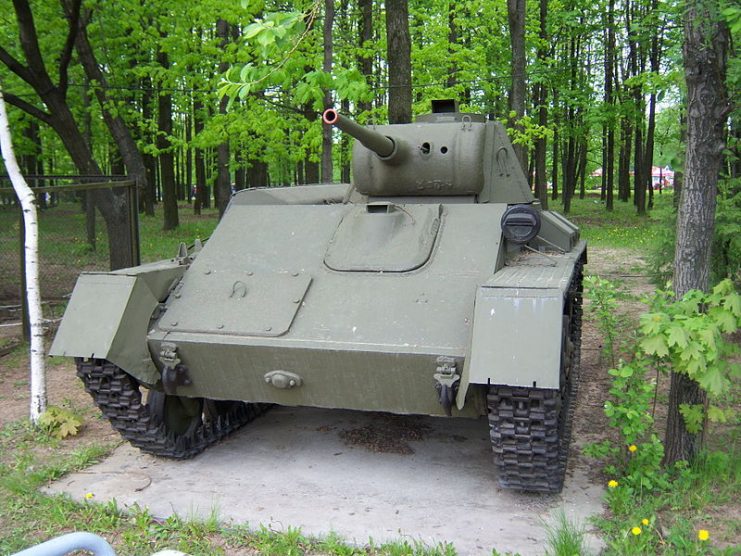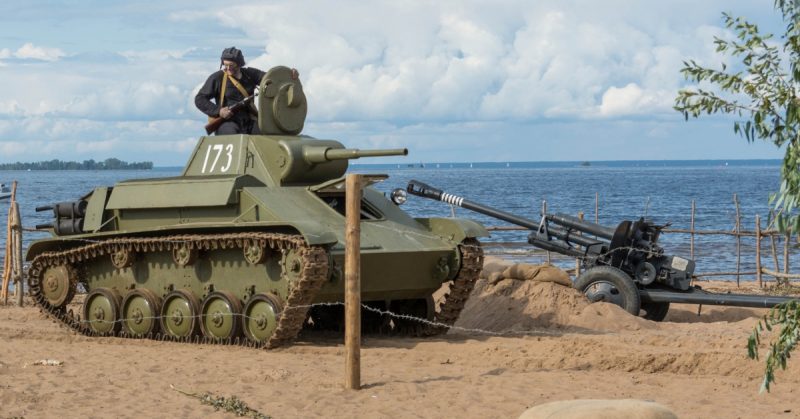The Soviet T-70 tank was a product of the modernization of its predecessor, the light tank T-60. Works on the creation and improvement of the T-70 tank were carried out at the Gorky Automobile Plant, and the project manager was engineer Nikolai Astrov. One of the features of this tank was the equipping of two carburetor engines GAZ-202. In addition, the tank was equipped with improved weapons.
Initially, a hexagonal tower with riveted armor was installed on the armored hull having a thickness of 6 to 45mm. The forehead of the body had armor of 35-45mm, and the tower 35mm. The sides of the tank were a weak point and had a thickness of only 15mm of armor. However in 1943, a casted tower was installed on the tank improving its defense. The weight of the T-70 when loaded was 9.2 tons.
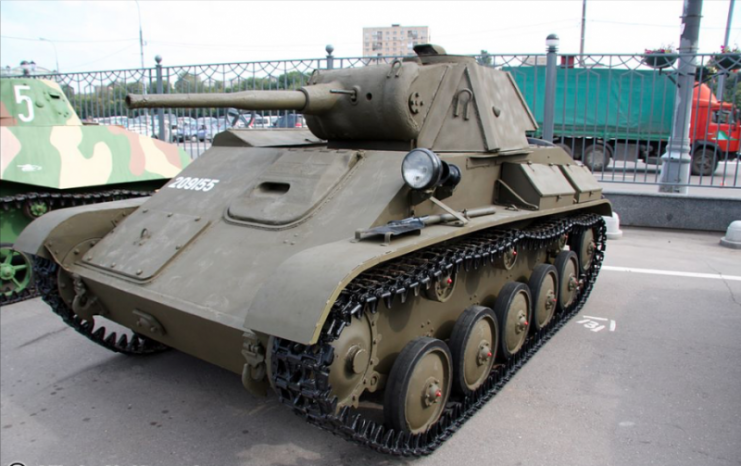
The main advantage of the tank was its mobility. The range was 400-450 km, and the maximum speed reached 45 km/h on the highway and 25 km/h on rough terrain. Both GAZ-202 automobile engines provided the T-70 with a total output of 140 hp.
Much more things that are complicated were with the production of a double tower. At the stage of the advance design, the developers realized that this tower would significantly increase the weight of the tank to 10.5-11.5 tons.
Further tests with 11.5 tons of the T-70 tank revealed a large number of shortcomings. First, during operation, the chassis experienced overloads and failed. Further tests to improve the running gear didn’t yield results. Therefore, the double tower was not installed in mass production.
The T-70 was mass produced at several enterprises. Together with the Gorky Automobile Plant, the tank was assembled at plant No. 38 in Kirov. In total, from March 1942 to October 1943, Soviet plants produced 8,231 T-70 tanks.
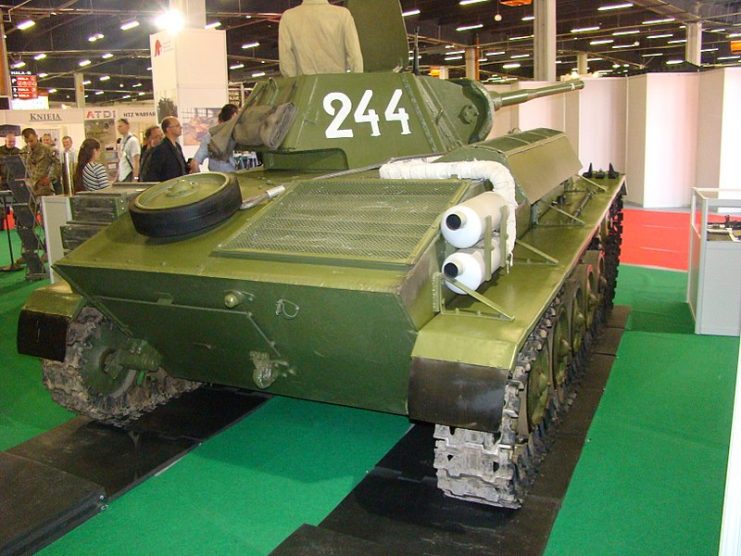
Most of the light T-70 tanks took part in defensive battles on the Soviet-German front in 1942-1943. In addition, a significant number of these tanks took part in the battles at Kursk.
During the first battles, some weaknesses emerged. In particular, the T-70’s weapons allowed them to fight only with light tanks. The share of light tanks in the Wehrmacht at that time was declining. In addition, the crew consisting of two people, one of which was constantly overloaded with duties led to increased losses. The lack of radio communication aggravated this problem further.
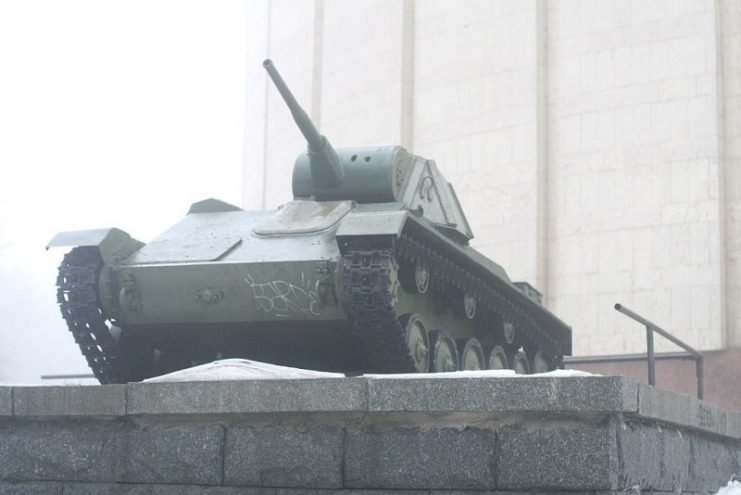
In 1943, the T-70’s insignificant merits were well noted. In particular, in the opinion of tank commanders, the T-70 performed excellently the role of harassing the retreating enemy, but was impractical in most other roles.
After the Battle of Kursk, the Soviet leadership decided to cease production of the T-70. In October 1943, production was officially completed. Despite this, the T-70 served as the basis for self-propelled artillery and antiaircraft guns. On its chassis, a self-propelled artillery unit SU-76 was created, which was produced before the end of the WWII.
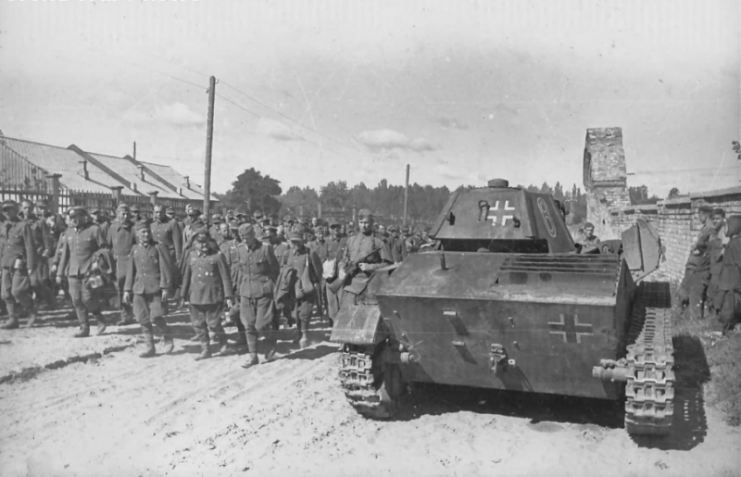
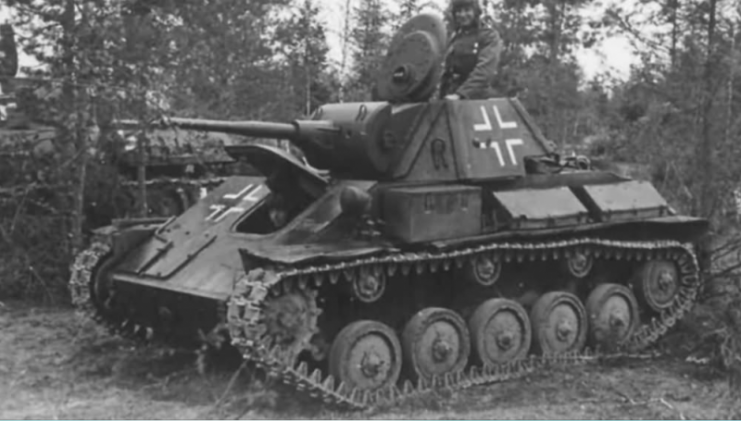
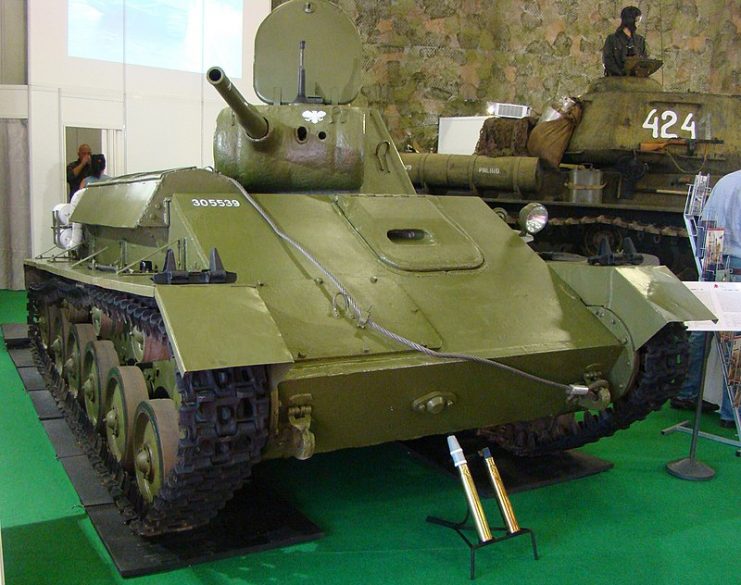
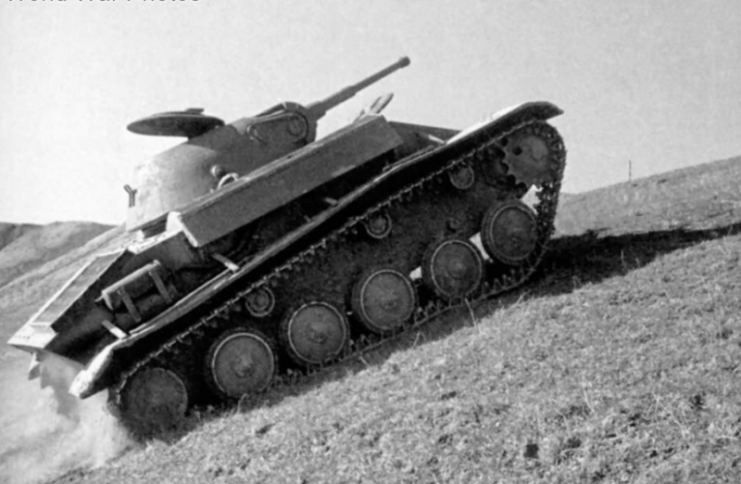
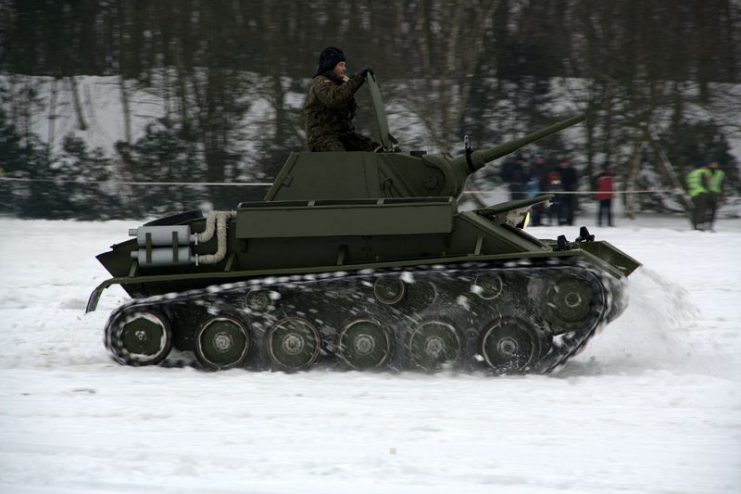
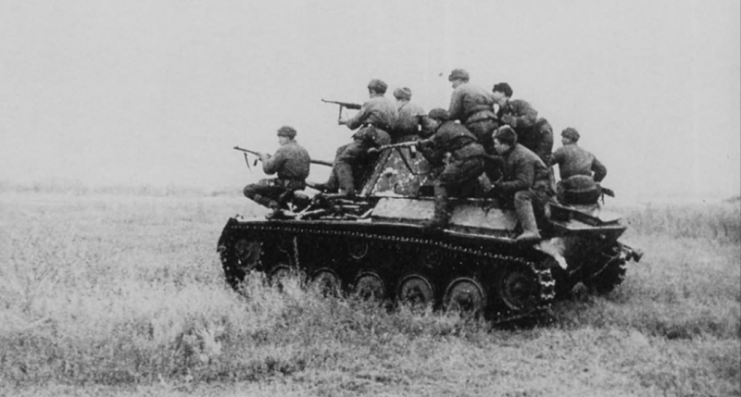
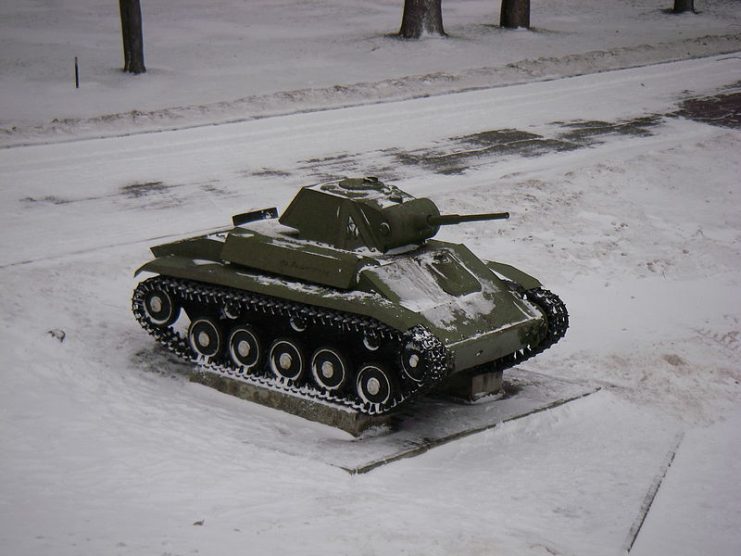
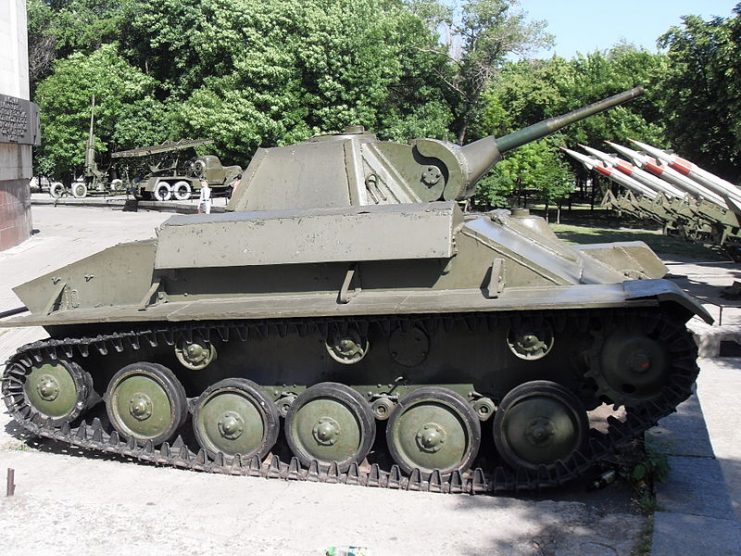
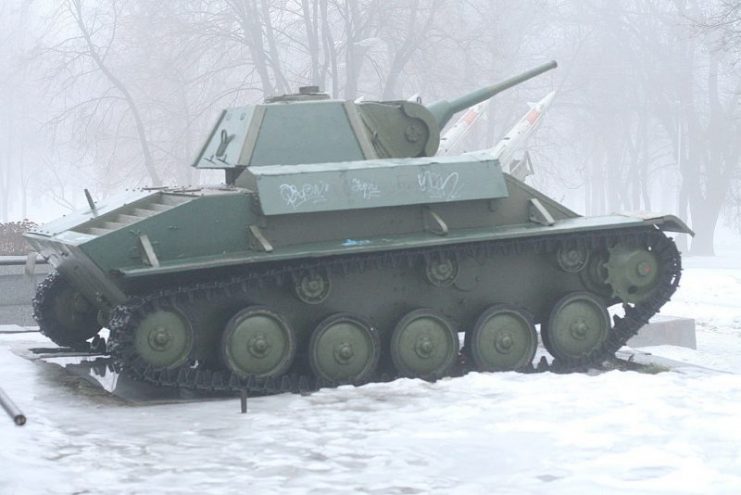
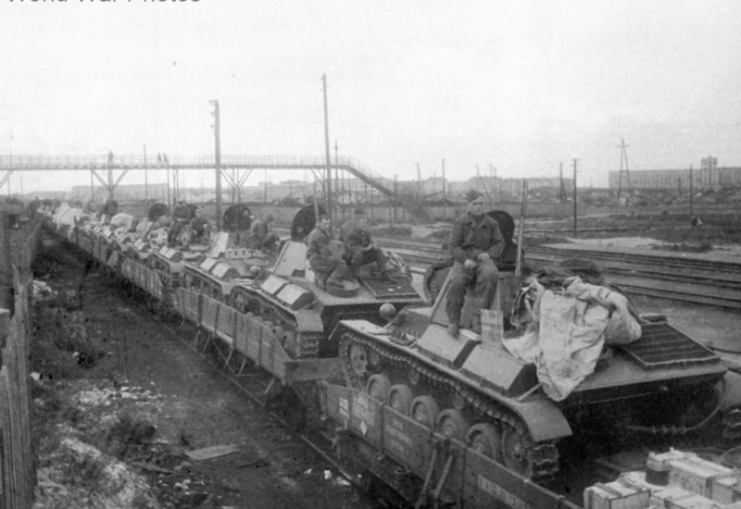
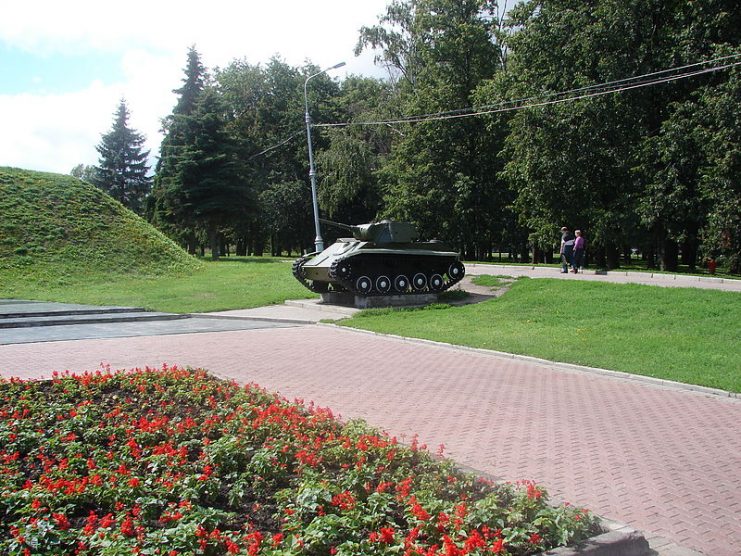
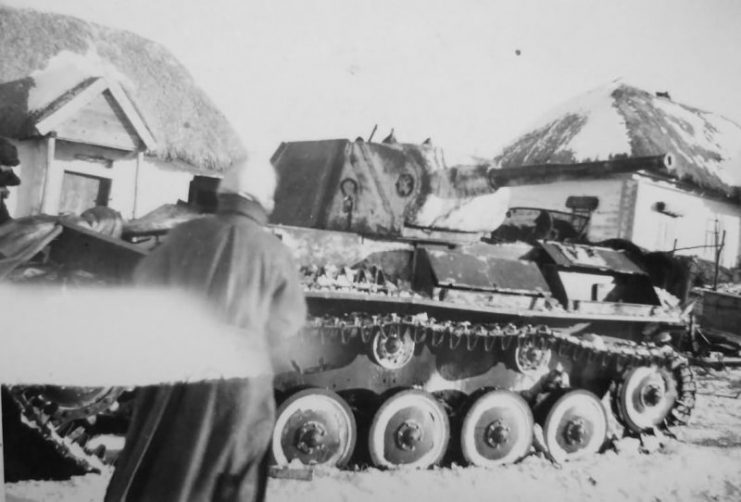
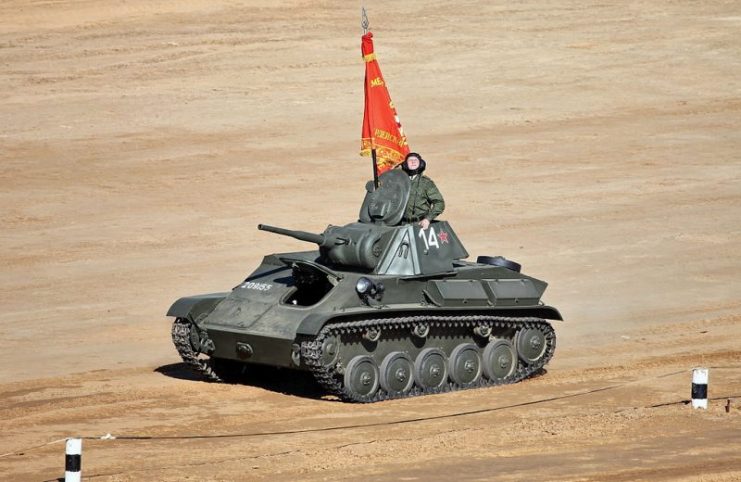
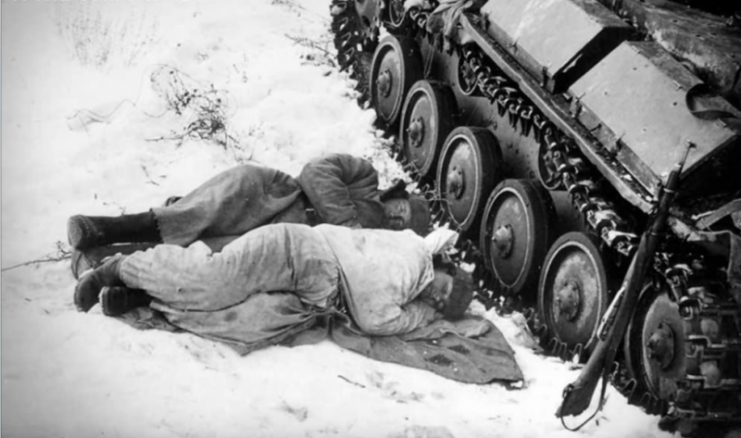
Read another story from us: A Lone T-34 and 2 Tankers that Wouldn’t Give Up
